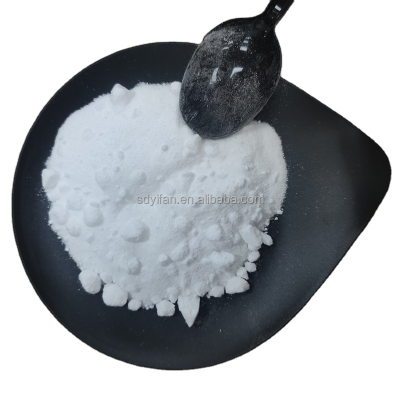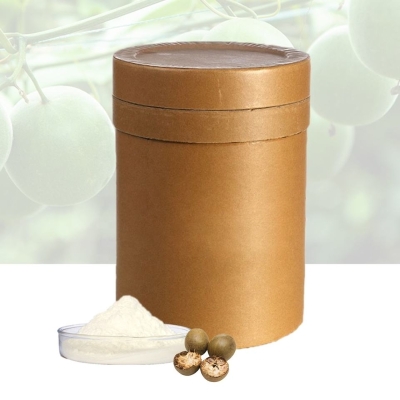-
Categories
-
Pharmaceutical Intermediates
-
Active Pharmaceutical Ingredients
-
Food Additives
- Industrial Coatings
- Agrochemicals
- Dyes and Pigments
- Surfactant
- Flavors and Fragrances
- Chemical Reagents
- Catalyst and Auxiliary
- Natural Products
- Inorganic Chemistry
-
Organic Chemistry
-
Biochemical Engineering
- Analytical Chemistry
- Cosmetic Ingredient
-
Pharmaceutical Intermediates
Promotion
ECHEMI Mall
Wholesale
Weekly Price
Exhibition
News
-
Trade Service
Recently, the research group of Professor Wenyu Huang from the Department of Chemistry of Iowa State University reported on a method for the efficient preparation of anisotropic intermetallic compounds-metal nanoparticles
.
The prepared nanoparticles exhibited special catalytic properties in the electrocatalytic reduction of nitrate
An intermetallic compound is an alloy with a defined chemical composition and an ordered crystal structure
.
This work has been further improved on the basis of the existing heat injection method for preparing metal nanoparticles, and has developed a synthetic method that can realize the "one-pot method" to prepare hybrid intermetallic compounds-metal nanoparticles
As shown in Figure 1, this work first synthesized tin nanoparticles with uniform morphology, and on this basis, a copper precursor was added
.
By precisely controlling the amount of copper added, the structure of the synthesized nanoparticles can be adjusted
Figure 1 Transmission electron microscope image of copper tin nanoparticles
X-ray powder diffraction results (Figure 2) and high-resolution transmission electron microscopy (Figure 3) further prove that the synthesized nanoparticles are composed of copper tin (Cu 6 Sn 5 ) intermetallic compound and metal elemental tin, and, The two components exist in the nanoparticle in the form of "side by side"
.
Figure 2 X -ray powder diffraction
Figure 3 High-resolution transmission electron microscope image and structural analysis
The hybrid copper-tin nanoparticles prepared by the above method exhibit excellent properties in the electrocatalytic reduction reaction of nitrate
.
Catalyzed by copper-tin nanoparticles, the reduction of nitrate starts at a relatively positive starting potential
Figure 4 The results of linear sweep voltammetry for nitrate reduction catalyzed by copper and tin
Figure 5 Product distribution and Faraday efficiency of nitrate reduction at different potentials
About the Author
Wenyu Huang , Professor of Chemistry at Iowa State University, Bachelor of Chemistry at Nanjing University in 2000 , Master of Nanjing University in 2002 , PhD in Georgia Tech in 2007 (Supervisor Mostafa A.
El-Sayed ), Postdoctoral in University of California, Berkeley in 2011 (Supervisor Gabor A.
Related Links
Yu, J.
; Kolln, AF; Jing, D.
; Oh, J.
; Liu, H.
; Qi, Z.
https://doi.







